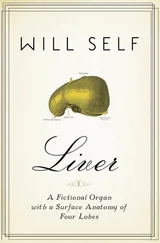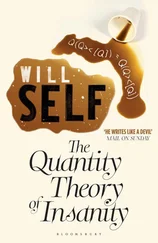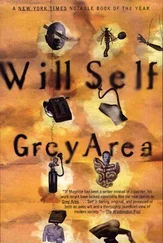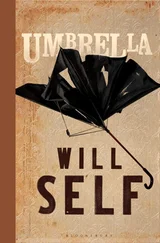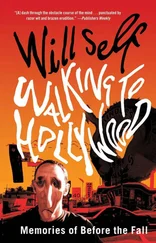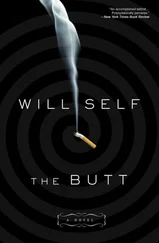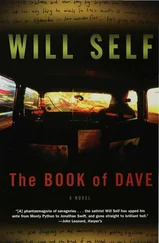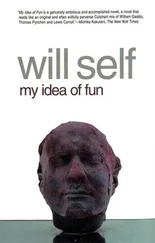Some time later, after the train had clanked out of White Plains, and before it had rattled into Harlem at 125th Street, I saw another hunk of cut-and-shut architecture to the side of the tracks near Bronxville. The exposed black beams and white plaster of a Tudor house, raised up on a huge, redbrick plinth. Like all Tudorbethan, it seemed to imply that the Henrician dynasty had endured for nigh on half a millennium; all of us waiting for an heir, while the King himself grew fatter and fatter. But, really, the apartment block was another harbinger.
Caught up in my quest for Mother, memories of her came unbidden: Flat Rock outside Ithaca, wax lips, the automatic Rambler car, her doodles — not unlike the Jetsons’ animations — her psychotropic migraines, the distempered rubber of her punitive girdles — incontinent memories of mother, pissing down from the silvery skies over New York.
In the Genealogy Section at the New York Public Library, the librarian referred me to the cabinet where I could find the microfiche of Polk’s Directory for 1931. This, I hoped, would list my grandfather’s residence in Kew Gardens. In a sense, I was way too late already. There was nothing to discuss — and no one to discuss it with. Also, like other middle-aged amateur genealogists, myopia was smearing my eyes. I had to borrow a magnifying glass off a lady, and even then the print appeared horribly tiny and dense. I fiddled to manifest my destiny, with knobs and cranks and lenses. Then, there it was — or they were: two Jack Rosenblooms that could, plausibly, be him. Two addresses in Kew Gardens that might be his: one at Talbot Place, the other directly on the Union Turnpike.
Back in 42nd Street I found it impossible to take a cab. I flexed my arm experimentally — but it wouldn’t rise. I was, I realised, finally oriented in New York. I had located myself more completely in the city in the past four days than I had in the preceding fourteen years. I took the uptown local to 51st Street, walked through the connecting corridors to Lexington and 3rd, then took the E train out to Queens. Sitting in the jolting carriage, looking at the two Hispanic guys, their auditory canals connected directly to one another’s by the wires of an iPod, it dawned on me that I too was now connected. At last, I had taken up my mother’s New York mantle.
I had read up on Kew Gardens before I left my brother’s house. I knew it was an interwar suburb, consciously named by its developers, at the turn of the twentieth century, after the famous botanical gardens in London. I also knew to expect ‘English’ and ‘neo-Tudor’-styled houses, interspersed with apartment blocks. I also knew that, like many an outer London suburb, Kew Gardens had first burgeoned because of the train that ran out from the city to the cemetery. Yet what nothing could’ve prepared me for was the feel of the place.
The prosperous, detached houses; the small, unitary shopping parades; the homely, brick apartment blocks; the Saturday afternoon drivers and pedestrians — purposive, yet not rushed. This was not the flitting déjà vu that Tarkovsky captures in his killing jar of a lens, this was not something I had ever seen before — or had even been tricked by synaptic glitch into believing I had seen before — no, Kew Gardens was somewhere I knew .
I knew the Kew Gardens Cinema, the Maple Grove Cemetery and the Leah B. Weinberg Early Childhood Center. I re-encountered the childlike simplicity of Public School 99, with its cheerful motto ‘Two Buildings, One Heart’, and, most especially, I recognised 8300 Talbot Place, a four-square, nine-storey apartment block, the honeyed brickwork of which gave off palpable waves of comfortable familiarity in a way that was — as the Germans might say — distinctly unheimlich .
I could picture my grandfather up there only too well: his fleshy nose, his slick vest, his money clip with the mother-of-pearl Indian head. I could picture my pretty grandmother as well, painting her laboured still lives of hard-working flowers. I could picture my uncle, in knickerbockers, and my mother, her curly hair in bunches. I could smell the food and dust of the rooms; I could hear the acrimony of their arguments.
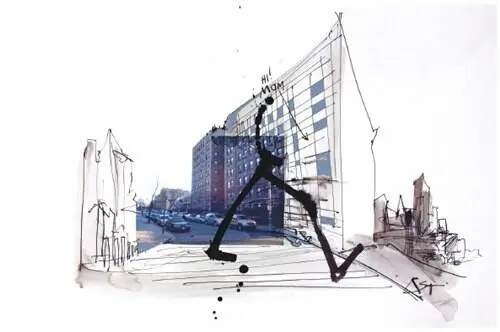
Why? It dogged me as I walked back to the subway. Why had my mother omitted to mention, at any point in my childhood, that the north London suburb we lived in was an exact simulacrum of the New York neighbourhood she herself had grown up in? That Kew Gardens and East Finchley were located on the same Mobius strip, a ring of dendro-urbanity that, though it may have grown, twisting through time and space, nonetheless left our senses of place unavoidably on the same side .
Presumably because she couldn’t stand it: couldn’t stand the fact that she had moved and moved and moved again, changing places and jobs and husbands and eventually continents, only to end up somewhere recognisably the same. I couldn’t blame her: I couldn’t stand it myself. I’d walked all this way, only to discover that I’d never left home at all.
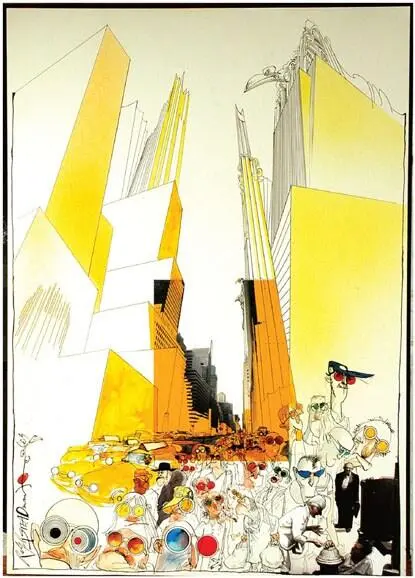
I’ve taken to long-distance walking as a means of dissolving the mechanised matrix which compresses the space-time continuum, and decouples human from physical geography. So this isn’t walking for leisure — that would be merely frivolous, or even for exercise — which would be tedious. No, to underscore the seriousness of my project I like a walk which takes me to a meeting or an assignment; that way I can drag other people into my eotechnical world view. ‘How was your journey?’ they say. ‘Not bad,’ I reply. ‘Take long?’ they enquire. ‘About ten hours,’ I admit. ‘I walked here.’ My interlocutor goggles at me; if he took ten hours to get here, they’re undoubtedly thinking, will the meeting have to go on for twenty? As Emile Durkheim so sagely observed, a society’s space-time perceptions are a function of its social rhythm and its territory. So, by walking to the business meeting I have disrupted it just as surely as if I’d appeared stark naked with a peacock’s tail fanning out from my buttocks while mouthing Symbolist poetry.
My publishers were holding a sales conference in Eastbourne and I agreed to go along and address the bourgeforce. I decided to entrain from Victoria to Lewes and then walk the South Downs Way the final twenty-two miles. This would be a nostalgic walk, putting myself securely back in my father’s world of pipe-smoking, voluminous grey flannel trousers, chalk downland, Harvey’s Bitter, Bertie Russell, nudism, the Peace Pledge Union. . Gah! Christ! I can’t breathe in this interwar period. . I’d better come up for air. Even though I was nominally born in 1961, my father made sure that I too was raised in the interwar period, and we roamed the South Downs a great deal together during my childhood. ‘It seemed perfectly natural,’ said the minicab driver who took me from Lewes Station to the start of the walk, speaking of his own ambulatory upbringing. . but I’m getting ahead of myself.
Having consulted maps and timetables I was faced with a dilemma. Should I wait for the branch line train from Lewes to Southease, where I could join the South Downs Way, or should I gain a half-hour by taking a cab there? I dislike cars more than trains — they con their autopilots with the illusion of freedom — but half an hour is significant when you’re pushed for walking time. I thought about the options for two long days then called Talking Pages.
Читать дальше



